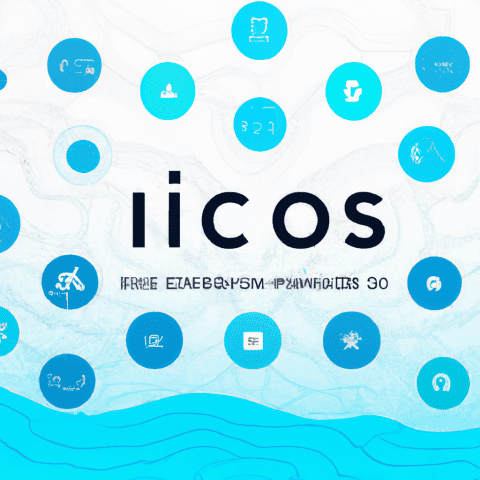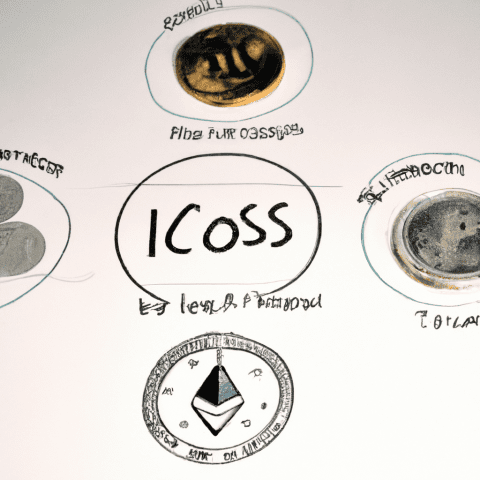In the ever-evolving world of cryptocurrency, Initial Coin Offerings (ICOs) and Initial Exchange Offerings (IEOs) have become popular methods for blockchain projects to raise funds. Understanding the differences between ICOs and IEOs is crucial for investors looking to navigate this rapidly growing sector. In this comprehensive guide, we will explore the distinctions between ICOs and IEOs, highlight upcoming projects and trends to watch in 2021, and provide breaking news updates in the world of ICOs and IEOs. Additionally, we will delve into the rise of IEOs and how they are revolutionizing the crypto space, along with offering tips for successful investing and participation in the ICO/IEO landscape. Stay informed and stay ahead with the latest developments in ICOs and IEOs.
1. "Exploring the Differences Between ICOs and IEOs: A Comprehensive Guide"
When it comes to fundraising in the cryptocurrency space, Initial Coin Offerings (ICOs) and Initial Exchange Offerings (IEOs) have become popular methods for blockchain projects to raise capital. While both ICOs and IEOs serve the same purpose of raising funds through token sales, there are several key differences between the two that are important for investors and projects to consider.
One of the main differences between ICOs and IEOs is the platform on which they are conducted. ICOs are typically conducted by individual projects on their own websites or through crowdfunding platforms, allowing them to reach a wider audience of potential investors. On the other hand, IEOs are conducted on cryptocurrency exchanges, with the exchange acting as the intermediary between the project and investors. This can provide a level of trust and security for investors, as exchanges typically vet projects before allowing them to conduct an IEO on their platform.
Another difference between ICOs and IEOs is the level of regulation and compliance involved. ICOs have often been criticized for their lack of regulation, leading to a proliferation of scams and fraudulent projects. In contrast, IEOs are typically conducted on regulated exchanges, which may have more stringent requirements for projects to meet before conducting a token sale. This can help to weed out potentially fraudulent projects and provide investors with more security.
In terms of liquidity and token distribution, IEOs may have an advantage over ICOs. Since IEOs are conducted on exchanges, tokens are typically listed for trading shortly after the token sale, providing investors with immediate liquidity. In contrast, tokens from ICOs may not be listed on exchanges for some time after the token sale, potentially leading to a lack of liquidity for investors.
Overall, both ICOs and IEOs have their own advantages and disadvantages, and the choice between the two will depend on the specific needs and goals of the project conducting the token sale. As the cryptocurrency space continues to evolve, staying informed on the latest ICO and IEO news,















